Decoding the Factory Warranty: What the Jeep 3/36 Bumper-to-Bumper Actually Covers (and Doesn't)
Understanding the Basics: What '3/36 Bumper-to-Bumper' Actually Means
First things first, let's break down the '3/36' part. This refers to the duration of the warranty coverage: 3 years or 36,000 miles, whichever comes first. This means if you hit 36,000 miles in two years, your bumper-to-bumper coverage expires. Likewise, if you only drive 15,000 miles in three years, the warranty concludes at the three-year mark. This is standard across most new vehicles in the United States and is often referred to as the 'basic limited warranty' or 'new vehicle limited warranty.'Now, onto 'bumper-to-bumper.' This phrase, while widely used, is a bit of a misnomer. It's an industry term that generally implies coverage for most factory-installed components between the vehicle's front and rear bumpers, excluding a specific list of 'wear and tear' items and situations. It's designed to protect you from manufacturing defects in materials or workmanship, ensuring that if a part fails prematurely due to how it was made or assembled, Jeep will cover the repair or replacement.
What's Covered: The Good Stuff Under Your Jeep Warranty
The good news is that Jeep's 3/36 bumper-to-bumper warranty is quite comprehensive for factory defects. It covers a vast array of parts and systems that are essential to your Jeep's operation and comfort. Here's a closer look at what you can typically expect to be covered:Major Mechanical Components
This includes the heart of your Jeep. If there's a manufacturing defect in the engine (internal lubricated parts like pistons, crankshaft, camshaft, cylinder heads), transmission (gears, torque converter, clutch components if internal to the transmission), or drivetrain (drive shafts, axles, differentials, transfer case), your warranty should kick in. This is a significant protection against costly mechanical failures.Electrical Systems
Modern Jeeps are packed with intricate electrical systems. The warranty covers components like the alternator, starter motor, wiring harnesses, power windows, power locks, various sensors (oxygen sensors, ABS sensors, etc.), and electronic control modules (ECMs, PCMs). If your turn signal suddenly stops working due to a wiring defect or your power windows fail, you're likely covered.HVAC and Comfort Features
Your heating, ventilation, and air conditioning (HVAC) system is also protected. Components like the A/C compressor, condenser, heater core, and blower motor are typically covered against defects. Furthermore, comfort features such as heated seats (elements and controls), power seats, and cruise control components fall under this umbrella.Safety Systems
Critically important, safety systems like airbags (modules, sensors, wiring), anti-lock braking system (ABS) components (sensors, pump, module), and traction control system components are covered for manufacturing defects, providing crucial peace of mind.Infotainment and Connectivity
Jeep's Uconnect system, radio, navigation, and other infotainment components are usually covered. If your touchscreen freezes, your radio loses functionality, or Bluetooth connectivity becomes unreliable due to a defect, the warranty should address it.What's *Not* Covered: The Important Exclusions
This is where the 'bumper-to-bumper' illusion often breaks down. While extensive, the warranty isn't an open checkbook for every repair. Knowing these exclusions is vital for managing expectations and budgeting for vehicle ownership. Here's what typically falls outside the 3/36 coverage:Wear and Tear Items
These are parts that are designed to wear out over time with normal use. They are considered maintenance items, not manufacturing defects. Examples include:- Tires (usually covered separately by the tire manufacturer's warranty, if at all, for defects)
- Brake pads and rotors
- Wiper blades
- Light bulbs (headlights, taillights, interior lights)
- Spark plugs
- Clutch components (specifically the clutch disc, pressure plate, and throw-out bearing, which wear with use)
- Filters (oil, air, cabin)
Routine Maintenance
Your warranty does not cover the cost of regularly scheduled maintenance. This includes oil changes, tire rotations, fluid flushes (transmission, brake, coolant), wheel alignments, and tune-ups. These are your responsibility as a vehicle owner to keep your Jeep running optimally.Cosmetic Damage
Dents, scratches, paint chips from road debris, interior stains, and tears in upholstery that aren't due to a manufacturing defect are generally not covered. The warranty focuses on functional defects, not aesthetic damage caused by external factors.Aftermarket Modifications
This is a big one for many Jeep owners. If you modify your Jeep with aftermarket parts (e.g., lift kits, oversized tires, engine tuners, custom bumpers), any failure directly caused by or exacerbated by that modification will likely not be covered by the factory warranty. In some cases, extensive modifications can even void portions of your warranty for related systems. Always check with your dealer or read your warranty carefully before making significant changes.Damage from Accidents or Misuse
If your Jeep is damaged in a collision, due to vandalism, or from misuse (e.g., extreme off-roading beyond the vehicle's design limits, racing, overloading), the factory warranty will not cover the repairs. This type of damage typically falls under your auto insurance policy.Environmental Damage
Damage caused by natural disasters, such as floods, hail, fires, or falling trees, is also excluded from your factory warranty. Again, this is usually covered by comprehensive auto insurance.The Fine Print: Important Caveats and Add-ons
Beyond the main coverage and exclusions, there are a few other details worth noting about your Jeep factory warranty:Transferability
Good news for resale value! Jeep's 3/36 bumper-to-bumper warranty is fully transferable to subsequent owners. This can be a significant selling point if you decide to part ways with your Jeep before the warranty expires.Roadside Assistance
Many new Jeeps come with roadside assistance for the same 3-year/36,000-mile period as the basic warranty. This can include services like towing, jump-starts, flat tire changes, and fuel delivery, providing an extra layer of convenience and safety.Emissions Warranty
Separate from the basic limited warranty, your Jeep also has an emissions warranty. This often covers emissions-related components for a longer period (e.g., 8 years/80,000 miles for specific parts) as mandated by federal and state regulations. While not 'bumper-to-bumper,' it's another important layer of protection.Maximizing Your Jeep Warranty Benefits
To get the most out of your Jeep's factory warranty, here are a few key tips:- Read Your Warranty Booklet: Seriously, it's boring, but it's the definitive guide to your specific vehicle's coverage.
- Follow the Maintenance Schedule: Adhering to Jeep's recommended service intervals is crucial. Keep detailed records of all maintenance performed, including receipts, as proof. Failing to maintain your vehicle can sometimes jeopardize warranty claims if a component failure is directly linked to neglected service.
- Address Issues Promptly: Don't ignore warning lights or unusual noises. If you suspect a problem, take your Jeep to an authorized Jeep dealership for diagnosis as soon as possible. Delaying a repair can sometimes exacerbate the issue, potentially complicating a warranty claim.
- Be Mindful of Modifications: If you plan on modifying your Jeep, especially performance-related changes, discuss them with your dealership first to understand potential warranty implications.
Conclusion
The Jeep 3-year/36,000-mile bumper-to-bumper warranty is an excellent protective measure for new vehicle owners, safeguarding against manufacturing defects and providing peace of mind during your initial years of ownership. However, it's not a magical shield against all potential costs. By understanding its specific coverages and, more importantly, its exclusions, you can set realistic expectations, plan for routine maintenance, and avoid unexpected expenses. Your factory warranty is a valuable asset; treat it as such by maintaining your Jeep diligently and knowing the boundaries of its protection. Happy trails, and may your Jeep adventures be worry-free!Where can I find my VIN?


